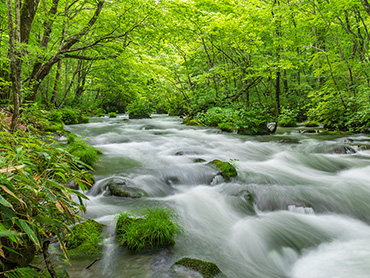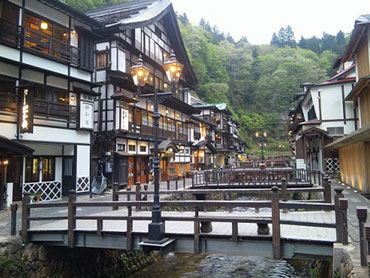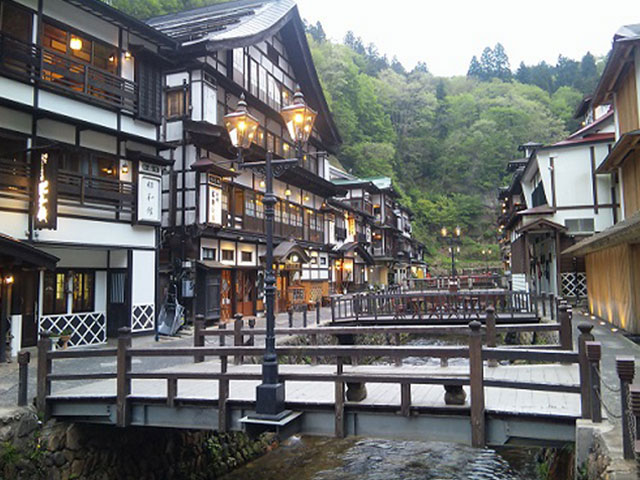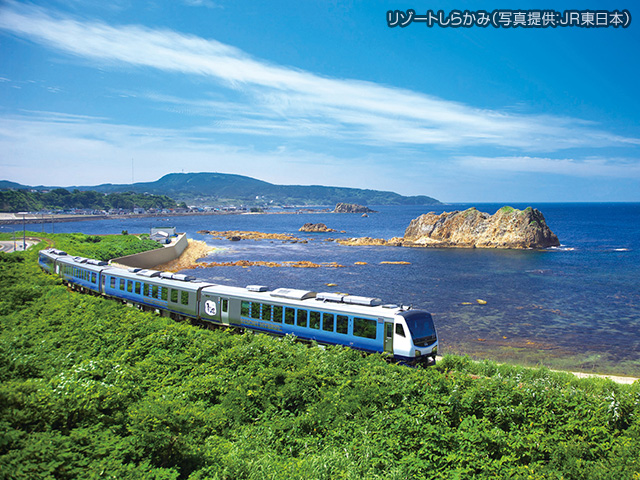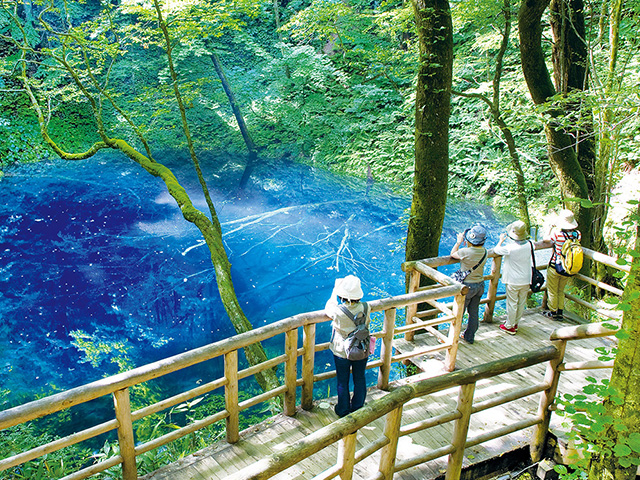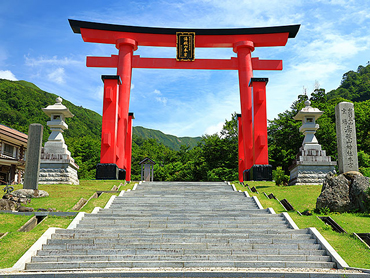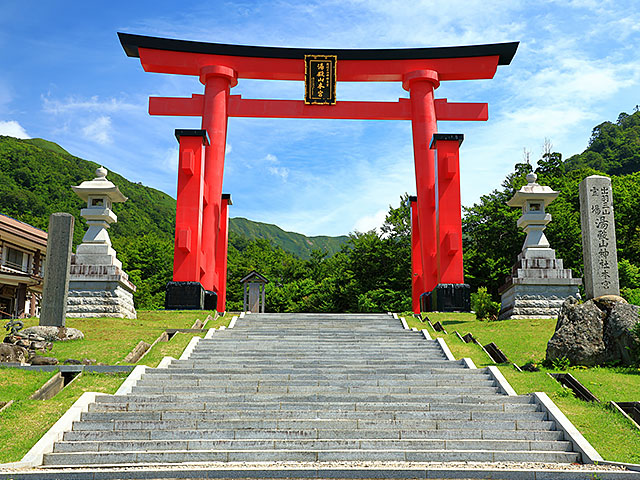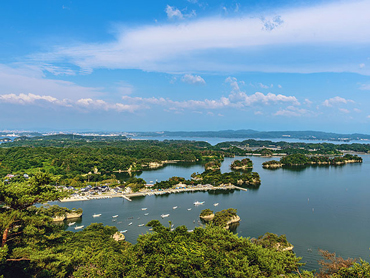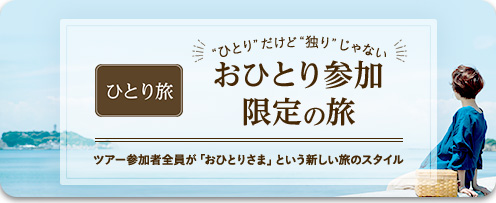Tohoku area (Sendai, Oirase Stream, frost-covered trees, Aomori)


YOKOSO JAPAN TOUR offers exclusive tours within Japan, open to travelers from around the world. Bookings are available in English and Chinese, with no need to provide Japanese addresses or phone numbers. We offer thousands of options, from day trips to overnight packages, showcasing Japan’s hidden gems. These tours are carefully crafted and operated by Club Tourism, experts in revealing Japan's deep and captivating charms.
-
Hokkaido area (Sapporo, Hakodate, drift ice, Kushiro, Rishiri-Rebun, Shiretoko)
-
Tohoku area (Sendai, Oirase Stream, frost-covered trees, Aomori)
-
Koshinetsu/Hokuriku area (Tateyama Kurobe Alpine Route, fruit picking)
-
Kanto area (Tokyo, Nikko, Hakone, Kawagoe, Hitachi Seaside Park)
-
Chubu/Tokai area (Nagoya, Izu, Kawazu cherry blossoms, Shirakawa-go)
-
Kansai area (Osaka, Kyoto, Nara, Wakayama)
-
Chugoku/ Shikoku area (Hiroshima, Okayama, Kochi, Dogo Onsen, Shimanami Kaido)
-
Kyushu and Okinawa area (Hakata, Beppu, Kumamoto, Kagoshima, Yakushima, Naha)
日本當地參團使用的優惠券熱發中
購買旅游商品金額
6,000 yen or more, 1,000 yen (excellent ticket price: YKS20251001)
20,000 yen or more, 2,000 yen (excellent ticket price: YKS20252001)
*For import compilation and automatic sifting at the time of calculation.
[Note] This gift certificate cannot be used by Japanese nationals or foreign nationals residing in Japan.
Search for Tours by Criteria
Popular spots and highlights
Recommended Tours
Hakkoda and Zao frost-covered trees and Ginzan Onsen
Omagari Fireworks Festival
Aomori Nebuta Festival
Lake Towada and Oirase Stream
Best time to visit calendar


Related Features
-
Hokkaido area (Sapporo, Hakodate, drift ice, Kushiro, Rishiri-Rebun, Shiretoko)
-
Tohoku area (Sendai, Oirase Stream, frost-covered trees, Aomori)
-
Koshinetsu/Hokuriku area (Tateyama Kurobe Alpine Route, fruit picking)
-
Kanto area (Tokyo, Nikko, Hakone, Kawagoe, Hitachi Seaside Park)
-
Chubu/Tokai area (Nagoya, Izu, Kawazu cherry blossoms, Shirakawa-go)
-
Kansai area (Osaka, Kyoto, Nara, Wakayama)
-
Chugoku/ Shikoku area (Hiroshima, Okayama, Kochi, Dogo Onsen, Shimanami Kaido)
-
Kyushu and Okinawa area (Hakata, Beppu, Kumamoto, Kagoshima, Yakushima, Naha)
Easy online travel consultation
Customer Co-Creation Activities
Latest Tours and Information
Club Tourism Travel Brand
Overseas Travel
Club Tourism Internet Membership Information
-
A wide range of services exclusively available to members
-
Search for trips anytime, anywhere!
-
Be the first to know about the best seasonal travel deals!


















